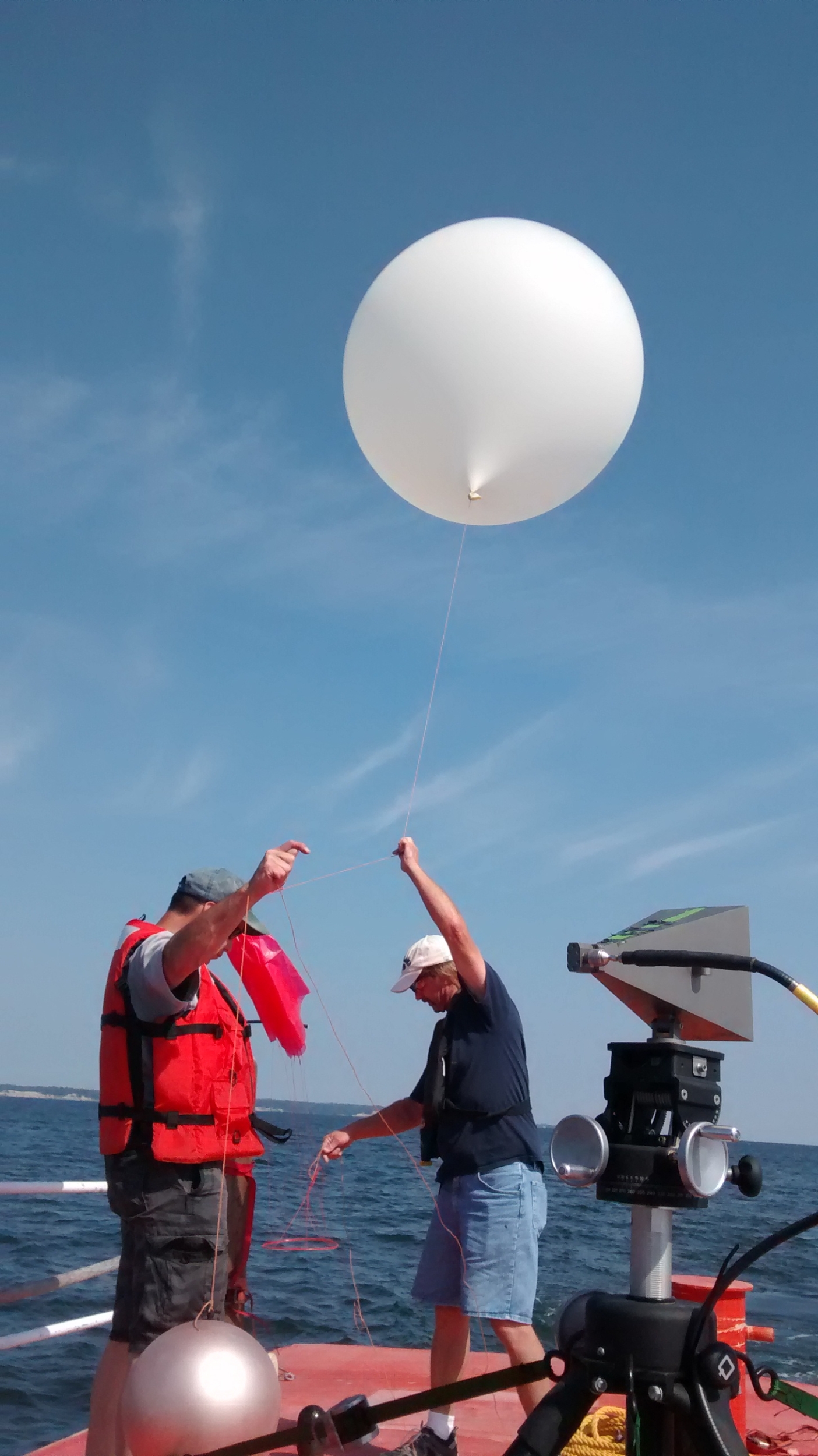Wind Turbine Interference–Mitigation Study

Wind power supplies more than 4.5% of the U.S. electricity portfolio today. Approximately 48,000 wind turbines in 39 U.S. states and Puerto Rico generate this power. The U.S. Department of Energy envisions that wind power will supply 20% of the national end-use electricity demand by 2030. Despite technological advances that could increase the electrical output of individual turbines, achieving this projection will require a significant growth in the number of U.S. wind farms constructed on land and offshore.
The U.S. government is concerned about the impact of wind farms on the performance of its air surveillance and weather radar systems. Wind turbines are highly visible to radars, and the interference that turbines produce can impede the detectability and characterization of targets of interest. The complex scattering and reflections of radar returns from the rotation of the turbines’ blades further exacerbate the problem by spreading the interference across Doppler frequencies (related to the speed and direction of a target) typically occupied exclusively by aircraft. These factors make the mitigation of wind turbines’ effects a challenging problem for radar engineers.
The U.S. Navy asked Lincoln Laboratory to analyze the effects of wind turbines on radar systems that provide critical measurements for aircraft and surface vessel characterization and to propose a strategy for moderating those effects. The ensuing Wind Turbine Interference–Mitigation Study was carried out for the Advanced Dynamic Aircraft Measurement System (ADAMS) located at the Naval Air Station Patuxent River (Atlantic Test Range) in Maryland.

ADAMS is part of an outdoor dynamic test range that conducts in-flight aircraft radar signature and measurement testing. The radar system utilizes several different waveforms and operates in frequency bands spanning 150 megahertz (very high frequency) to 35 gigahertz (Ka-band). Wind turbine backscatter is a particularly stressing source of interference for ADAMS because of the extraordinary precision and sensitivity required for accurate target characterization. Furthermore, interference-mitigation techniques are often frequency specific, so determining solutions that work across many frequencies can be difficult.
In August 2015, our mitigation approach was demonstrated with the hardware prototype installed on the ADAMS X-band system at the Atlantic Test Range. This demonstration was part of a risk-reduction effort required before the approach could be implemented across all of the ADAMS frequency bands. For the data collection, helicopter and fixed-wing propeller and jet aircraft were used as test targets. A Lincoln Laboratory–developed coherent repeater device aboard a ship in the Chesapeake Bay emulated wind-turbine-like interference.
The X-band prototype demonstrated that the mitigation approach has significant potential to suppress wind turbine–generated interference; extrapolation of results indicates that the approach could potentially be used on the other ADAMS frequency bands. The U.S. Department of Defense continues to investigate the cost, time, and risks associated with a full implementation of the mitigation strategy for ADAMS. Although this strategy was developed with the ADAMS performance requirements and mission in mind, we are investigating how to utilize the mitigation techniques for interference suppression for over-the-horizon and moving-target-indication radars.



